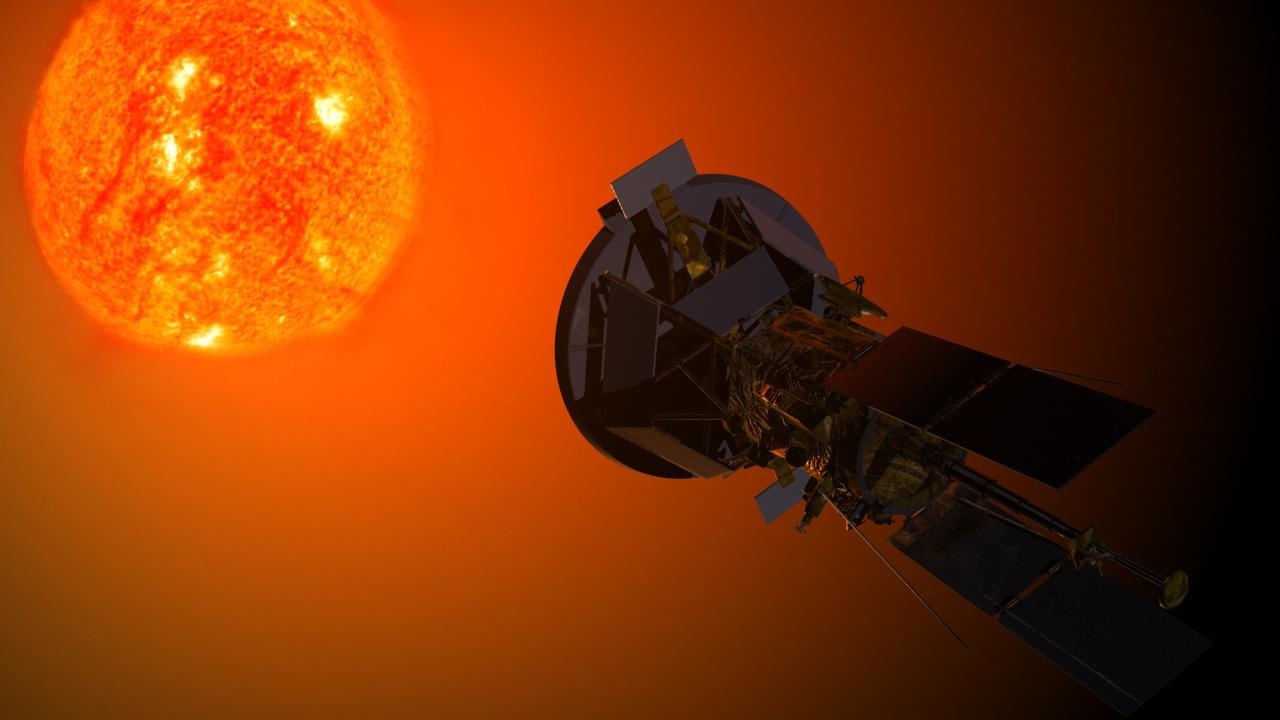Spacecraft Solar Probe Plus will go on record rapprochement with the Sun

And no wonder, because this spacecraft must enter the atmosphere of the sun. Not in the hottest layers, of course, but the temperature is where the probe is going, decent.
In this spacecraft will be collected all the technological developments of recent times related to the Sun and its research (as well as protection from the Sun, of course).
')
The project itself is designed to collect the most detailed information about the Sun and its impact on the Earth, including the biosphere and the noosphere, so to speak. True, before the launch of the probe is still far away - it is planned that the Solar Probe Plus will fly to the Sun, only in 2018, in the summer.
After launching, the probe will not immediately approach the Sun at the minimum distance, but will turn around the star. It is planned to make 24 turns in total, with a gradual approaching of 6 million kilometers. The previous record of approaching the Sun belongs to the Helios-B, which approached 42 million kilometers.
The Solar Probe Plus will be equipped with a protective shield, which previously showed itself well during the flight of the Messenger station to Mercury. This screen allows you to withstand a very high temperature, up to 1400 degrees Celsius. Actively cooled solar panels and all other methods of protection against high temperature and interference will also be used.
The Solar Probe Plus will have five major scientific systems. These are the Solar Wind Electrons Alpha and Protons (SWEAP), the Wide-field Imager for Solar Probe Plus (WISPR), the Fields Experiment, the Integrated Science Investigation of the Sun (ISIS) and the Origins with Solar Probe Plus.
Using these tools, scientists hope to obtain detailed stereometric images of the solar corona, study the composition of the solar wind, obtain information about electromagnetic and radiation fields, explore the solar atmosphere and perform a number of related research.
Source: https://habr.com/ru/post/226655/
All Articles